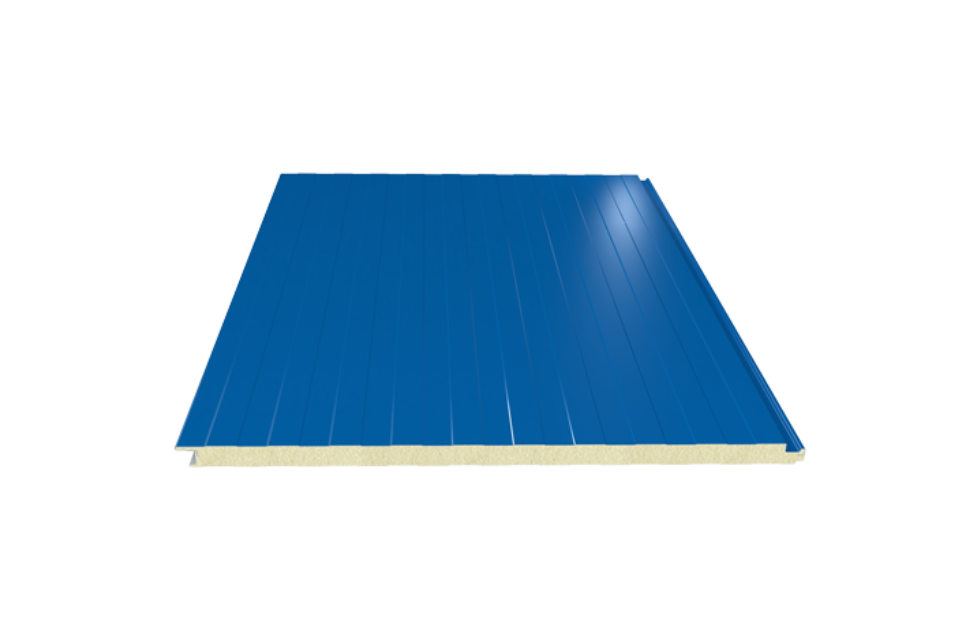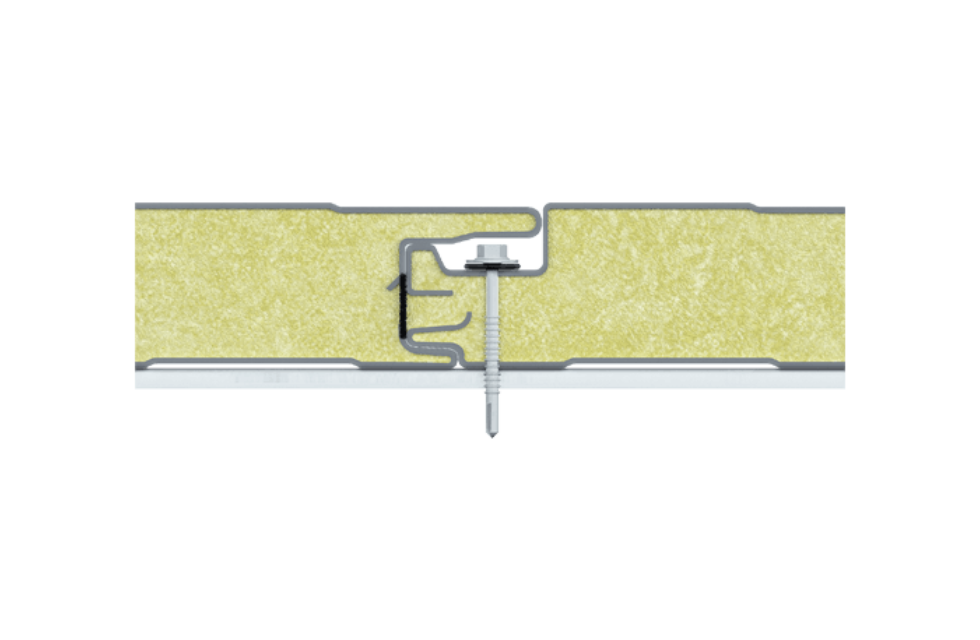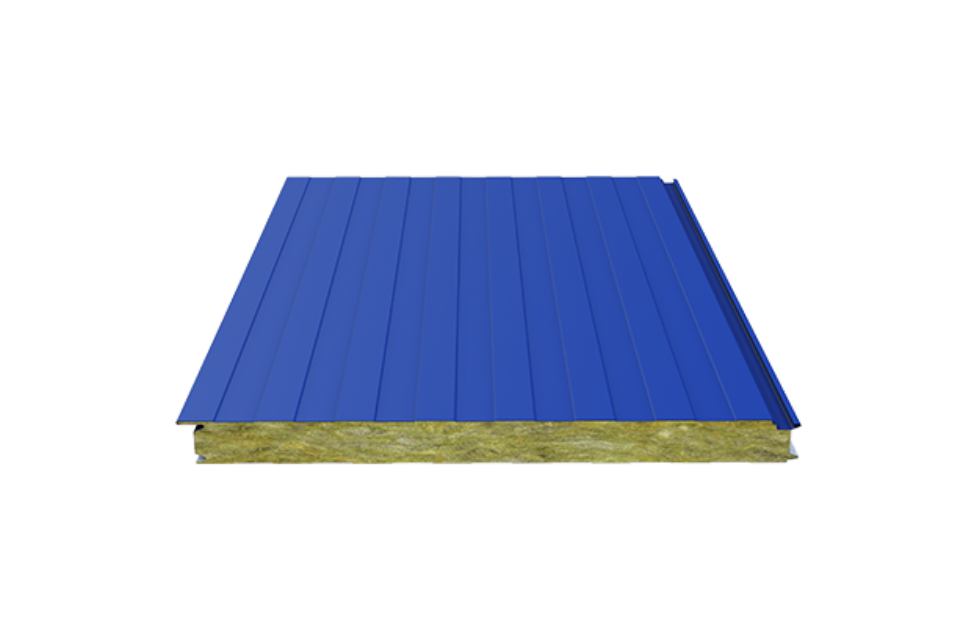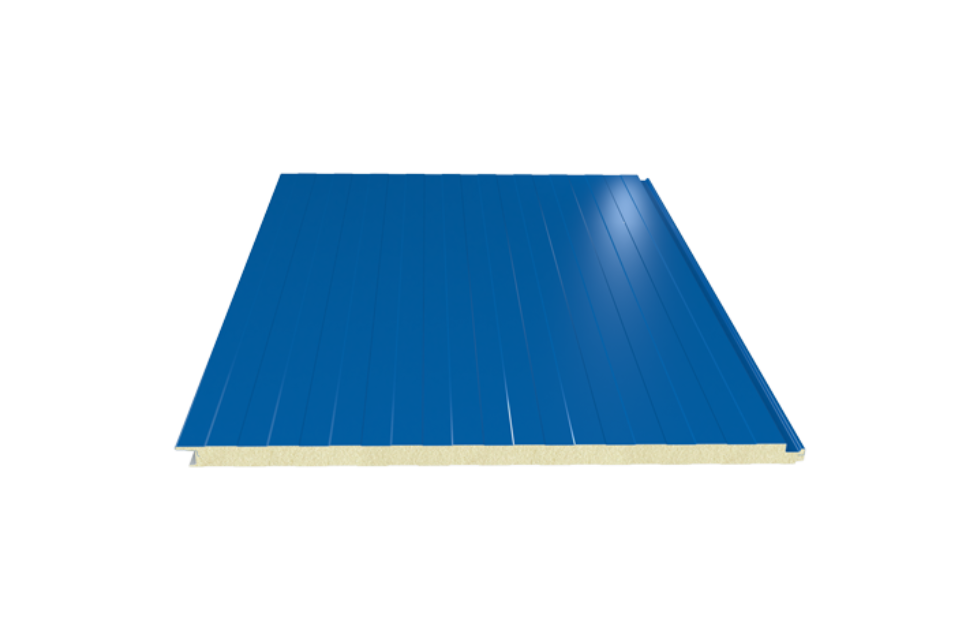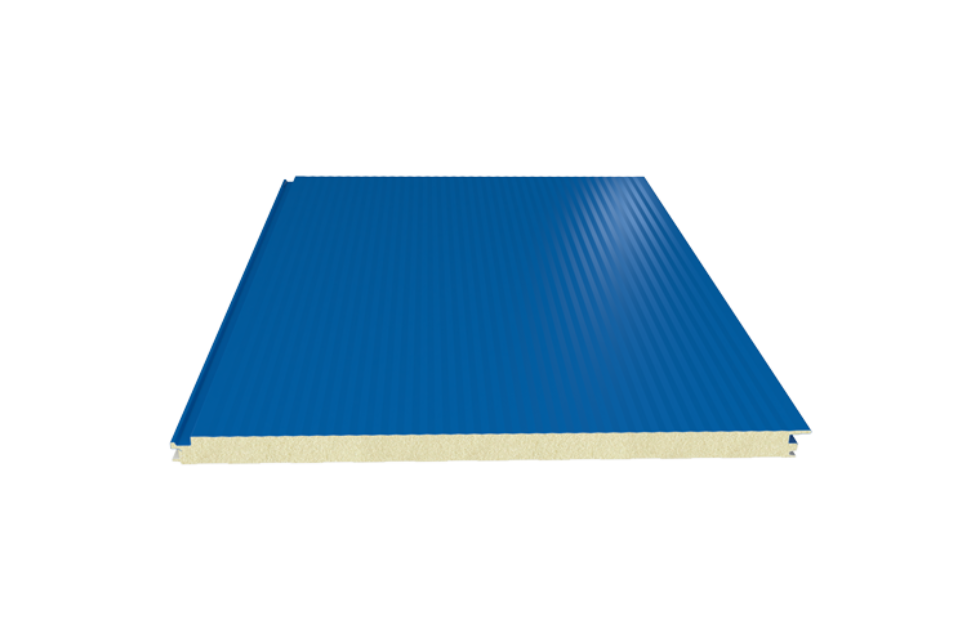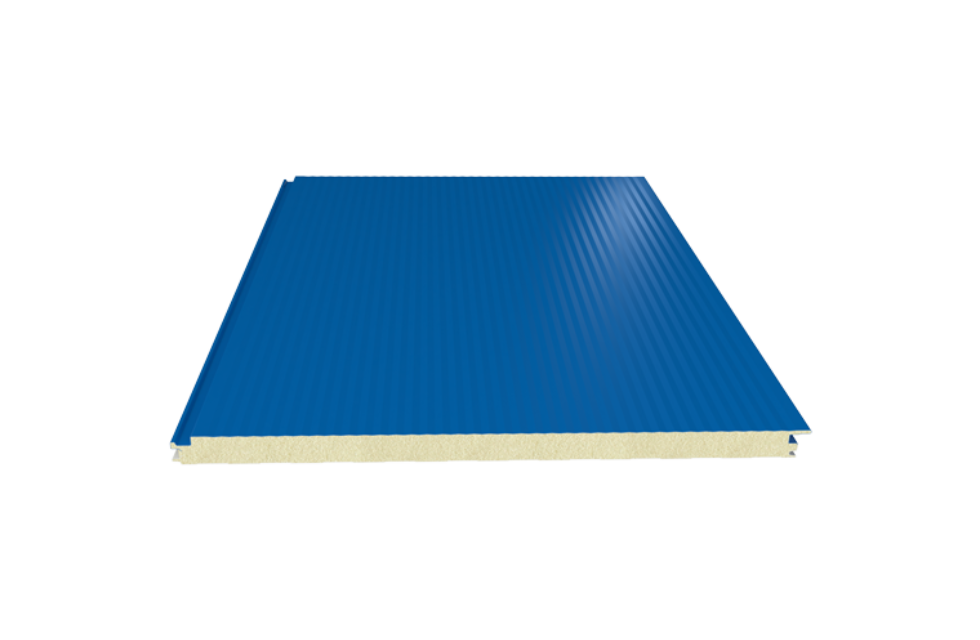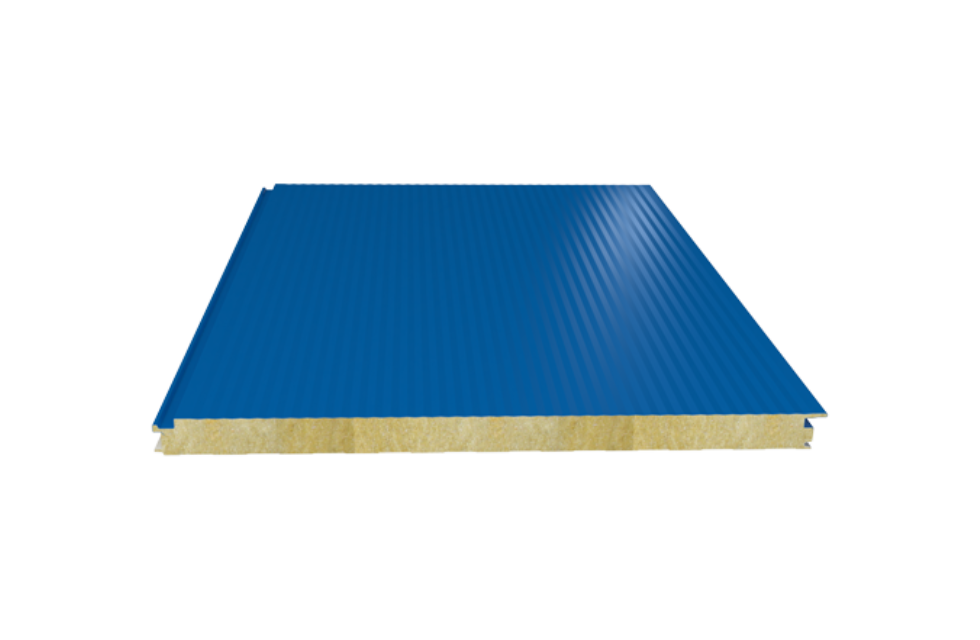
Size
Value
Sandwich panel thickness (mm)
40, 50, 60, 70, 80, 100, 120
Length of sandwich panel (mm)
2000 - 15000
Effective width of sandwich panel (mm)
1000
Thickness of metal sheet (mm)
0.30, 0.35, 0.40, 0.45, 0.50
Operating temperature range (°C)
(-40) - (+80)
Thermal conductivity (λ−W/mK)
0.022
Density (kg/m3)
41 (±2)
Bending strength (N/mm²)
0.24 - 0.30
Compressive strength – 10% expanded (N/mm²)
0.15 - 0.20
Water absorption (after 168 hours – %)
0.05 - 0.20
Fire resistance rating
B2 (DIN 4102) EI30
Closed Cell Composition (%)
91 - 95
Zinc coating layer (µ)
125 - 200
Paint layer (µ)
40 - 45
Colors of product
Technical specifications
Polyisocyanurate (PIR) Sandwich Wall Panel
PIR-insulated sandwich wall panels are recognized as one of the most innovative and practical solutions in modern construction. They stand out for their superior thermal insulation, fire resistance, and long service life. These panels are used across a wide range of projects — from industrial buildings and commercial facilities to residential homes and agricultural structures.
Each panel is made of two galvanized steel sheets with a polymer coating (thickness 0.3–0.5 mm, width 1090 mm or 1150 mm) and a rigid PIR (polyisocyanurate) insulation core in between. This material resists catching fire and helps slow down the spread of flames, offering a safe and reliable solution.
Key Features
- High thermal insulation
PIR panels significantly reduce heat loss and cooling demand, improving overall energy efficiency. - Fire resistance
The PIR core can withstand high temperatures and produces very little smoke in case of fire, making it a safe choice for a wide range of buildings. - Durability
Resistant to mechanical impacts, moisture, and corrosion, ensuring long-term performance in various conditions. - Lightweight structure
Easy to handle and install, PIR panels reduce the structural load on the building. - Eco-friendly
Manufactured using environmentally safe materials with minimal impact on nature. - Hidden fastening system
Panels are joined using a concealed screw system, creating a clean and seamless exterior finish.
Advantages
- Energy savings
Excellent insulation reduces energy consumption and lowers long-term operational costs. - Safety
High fire resistance makes these panels suitable for both industrial and residential projects. - Longevity
Designed to withstand corrosion and environmental stress for many years without degradation. - Quick and easy installation
Lightweight design and interlocking system speed up installation and reduce labor time. - Flexible design options
Available in a variety of colors and textures to fit any architectural style.
Areas of Application
PIR sandwich wall panels are ideal for:
- Industrial buildings
- Warehouses
- Office spaces
- Agricultural structures
- Cold storage and refrigeration facilities
They perform reliably in all types of climates and meet the demanding standards of modern construction.
Why Choose PIR Panels?
PIR-insulated panels offer not only technical advantages but also financial benefits. They improve energy efficiency and help reduce both construction and operational costs. Their fire resistance and clean appearance make them an essential part of any modern building project.
By choosing PIR sandwich wall panels for your project, you ensure safety, durability, and compliance with today’s building standards.


